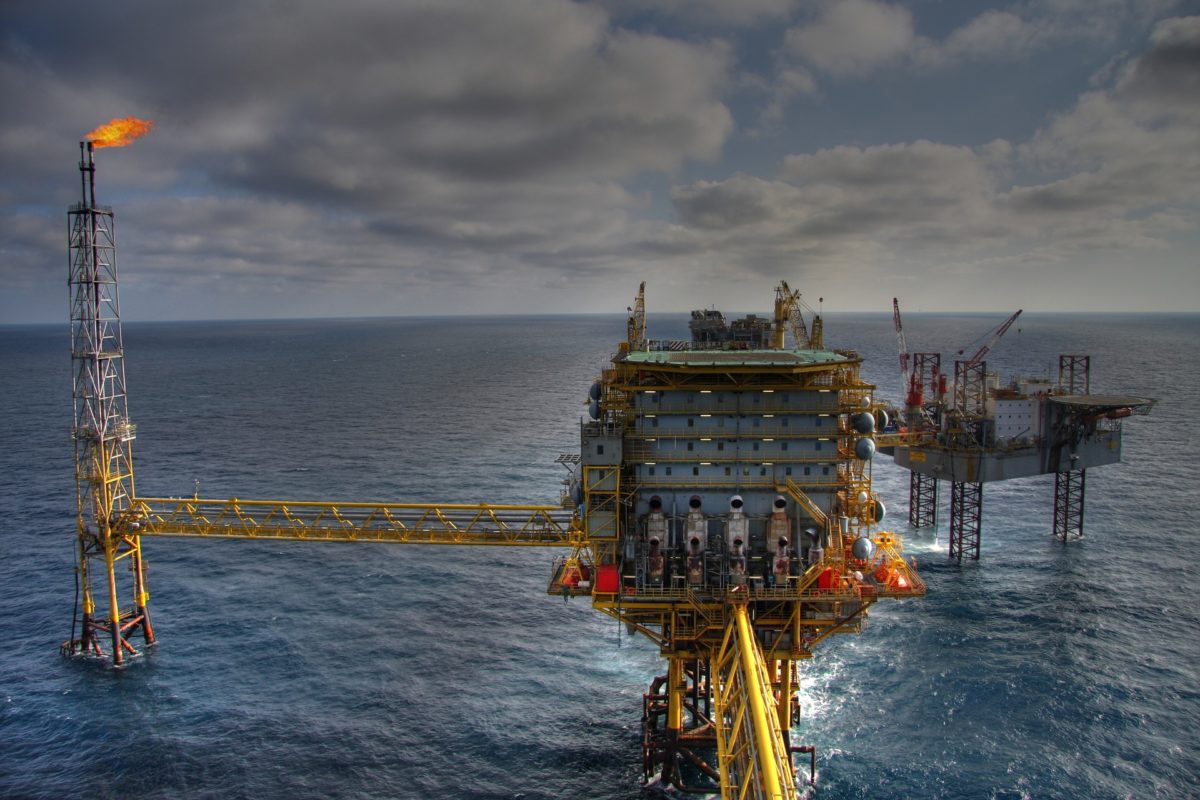From pv magazine Australia.
Oil and gas majors are increasingly investing in renewables in the face of mounting pressure from consumers, investors and regulators pushing for an energy transition. In the Asia-Pacific region outside China, renewable energy investment will overtake spending on upstream oil and gas projects as early as next year, according to a report by Norwegian consultancy Rystad Energy.
By 2020, capital expenditure on renewables will surpass US$30 billion and leave fossil fuel exploration and production spending in its wake for the first time.

The trend will be driven by big contributions from Australia and Asian countries including India, Vietnam, Taiwan and South Korea.
“These countries each have strong pipelines for renewable energy developments of all types, including offshore wind,” said Gero Farruggio, head of renewables at Rystad Energy. “And importantly, most have large targets outlining the inclusion of renewable power sources within their respective energy mixes, with corresponding support policies.”

Australian pipeline
According to Rystad, the step change came with the emergence of oil and gas majors as investors. “By 2020 it is feasible that the majors will be the dominant renewable developers in Australia as they pursue ‘oil and gas’ scale opportunities. Commercial drivers are increasing the desire to ride the ‘solar-coaster’,” Farruggio said.
Although only 1% of the country’s solar, wind and utility storage projects are owned by oil majors, the consultancy forecasts upstream companies will become the dominant renewable developers in the years ahead.
Popular content
“Upstream companies will lead the charge, building sizable utility storage, solar and – ultimately – offshore wind portfolios,” Farruggio added. “Solar panels, lithium ion batteries and turbines will soon be conventional segments of Australia’s oilfield services.”
The pipeline is already taking shape across the country. For instance, Total Eren has started construction of Victoria’s biggest solar project, the 256.5 MW Kiamal Solar Farm, and is looking to add a second stage with a generation capacity of up to 194 MW. On top of that, the renewables developer – which is 23% owned by French oil and gas giant Total – is exploring commercial options for an approved 380 MWh of energy storage.
Green ambition
Multinational oil company Shell has secured approval for a 250 MW solar plant in the Western Downs region of Queensland and recently unveiled plans for for a 120 MW utility scale PV array to supply its QGC onshore gas operations in the north of the state.
Enel Green Power Australia, a subsidiary of the Italian energy company, owns the 275 MW Bungala Solar Farm in a joint venture with the Dutch Infrastructure Fund. The project, located near Port Augusta, South Australia, is one of the largest solar facilities in the country. Recently, Enel started construction of the 34.2 MW Cohuna Solar Farm, one of the three solar projects allocated in the first Victorian renewable energy auction.
Diversifying its gas-focused portfolio Down Under, Italian oil group Eni entered the Australian renewables market this year by acquiring the Northern Territory’s largest solar project – the 33.7 MWp Katherine Solar Farm, and the list goes on.

Rystad noted Australian fossil fuel companies Woodside and Santos were absent from the chart above – released in April – but both are making strides in the sector. While Woodside is focusing on battery storage replacing spinning reserves, and more recently on the export of solar-powered hydrogen, natural gas firm Santos is forging ahead on two fronts. The latter company is replacing oil driven generators on beam pumps and a 2 MW behind-the-meter solar PV development at its Port Bonython facility in South Australia, with the upgrade realized through a joint venture with ZEN Energy.
Renewables in Australia are expected to continue the strong growth seen last year through 2020, despite challenges such as local transmission losses, also known as marginal loss factors. “Investor confidence is high in Australia and the country currently has a development pipeline of over 105 GW of solar, wind and storage projects, as well as a fleet of ageing coal-fired power stations which will require replacement,” the Rystad report added.
This content is protected by copyright and may not be reused. If you want to cooperate with us and would like to reuse some of our content, please contact: editors@pv-magazine.com.



They is the biggest bull crap
Article ever written.
Announced recently
Gorgon $4 billion dollar
Scarborough $11 billion dollars
Browse $20 billion
Arrow $10 billion
Santos NSW $3.5 billion
Woodside Pluto second train and fertiliser plant
Northern Territory onshore and offshore.
Sunrise gas field.
Papua New Guinea 3 LNG train expansion.
I thought after the election people would stop making up stories and start writing truth.
Thanks for the feedback Mr Harvey, we take accusations of fake news very seriously here. Please provide evidence the consultancy Rystad Energy has not predicted investment in renewables in Australia and the Pacific outside China will outpace the money spent on oil and gas exploration and production by next year.
Also, are you saying Total Eren has not started construction of the Kiamal Solar Farm and/or that project’s capacity is not 256.5 MW and/or Total Eren is not 23% owned by Total, or do you have information Total is not French?
Has Shell not secured approval for a 250 MW plant and/or has it not actually announced plans for another 120 MW project?
Is Enel Green Power Australia not a subsidiary of Enel and/or do you have information Enel is not Italian? Is Enel Green Power Australia not in fact the owner of the Bungala Solar Farm and/or connected to the Cohuna Solar Farm?
Has Eni not actually acquired the Katherine Solar Farm?
Finally, do you contend Rystad Energy has not reported Australia has a solar, wind and storage pipeline with a capacity of more than 105 GW?
Many of these statements, if proven to be false, deserve further investigation by us so we look forward to hearing from you.